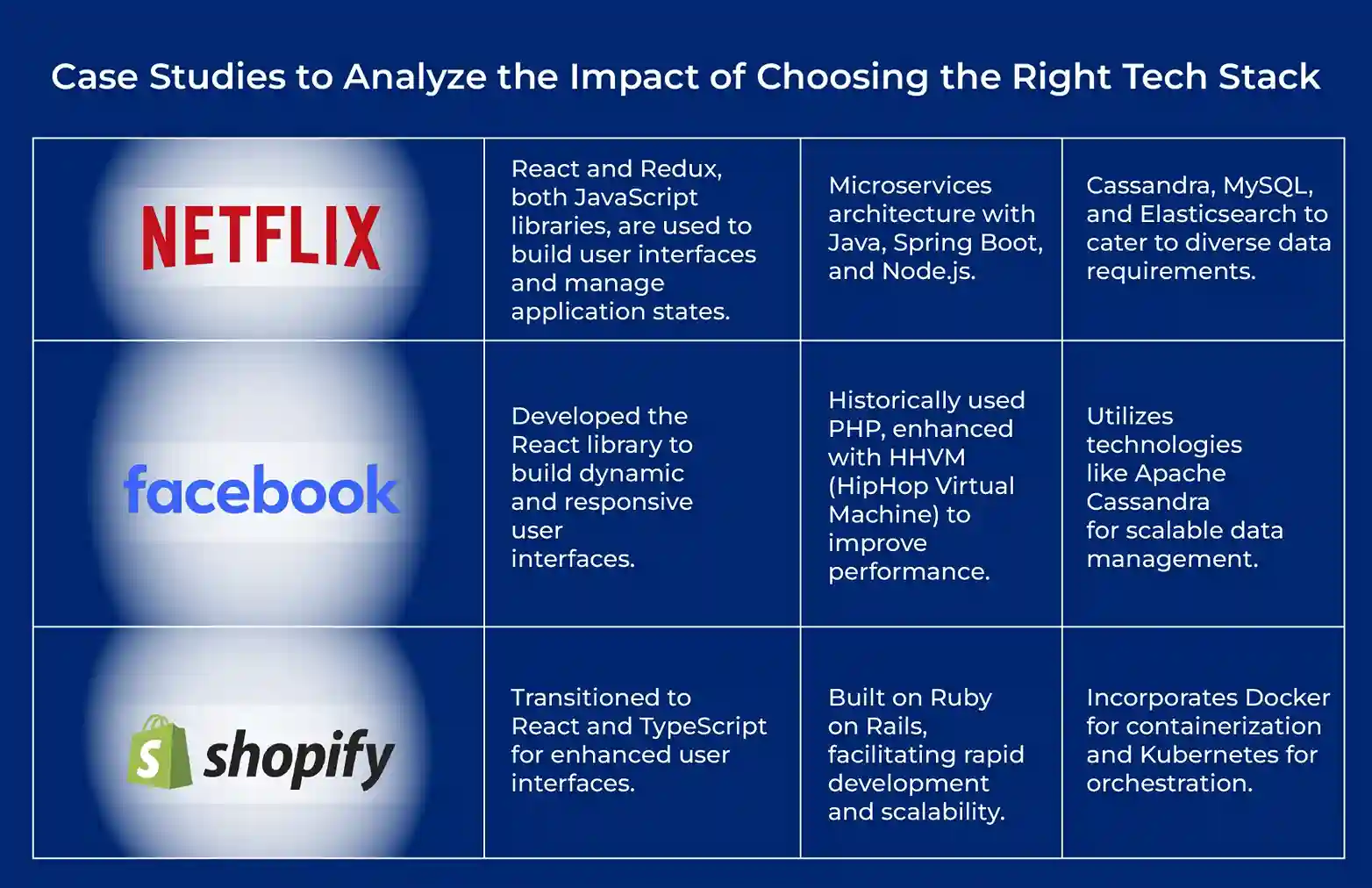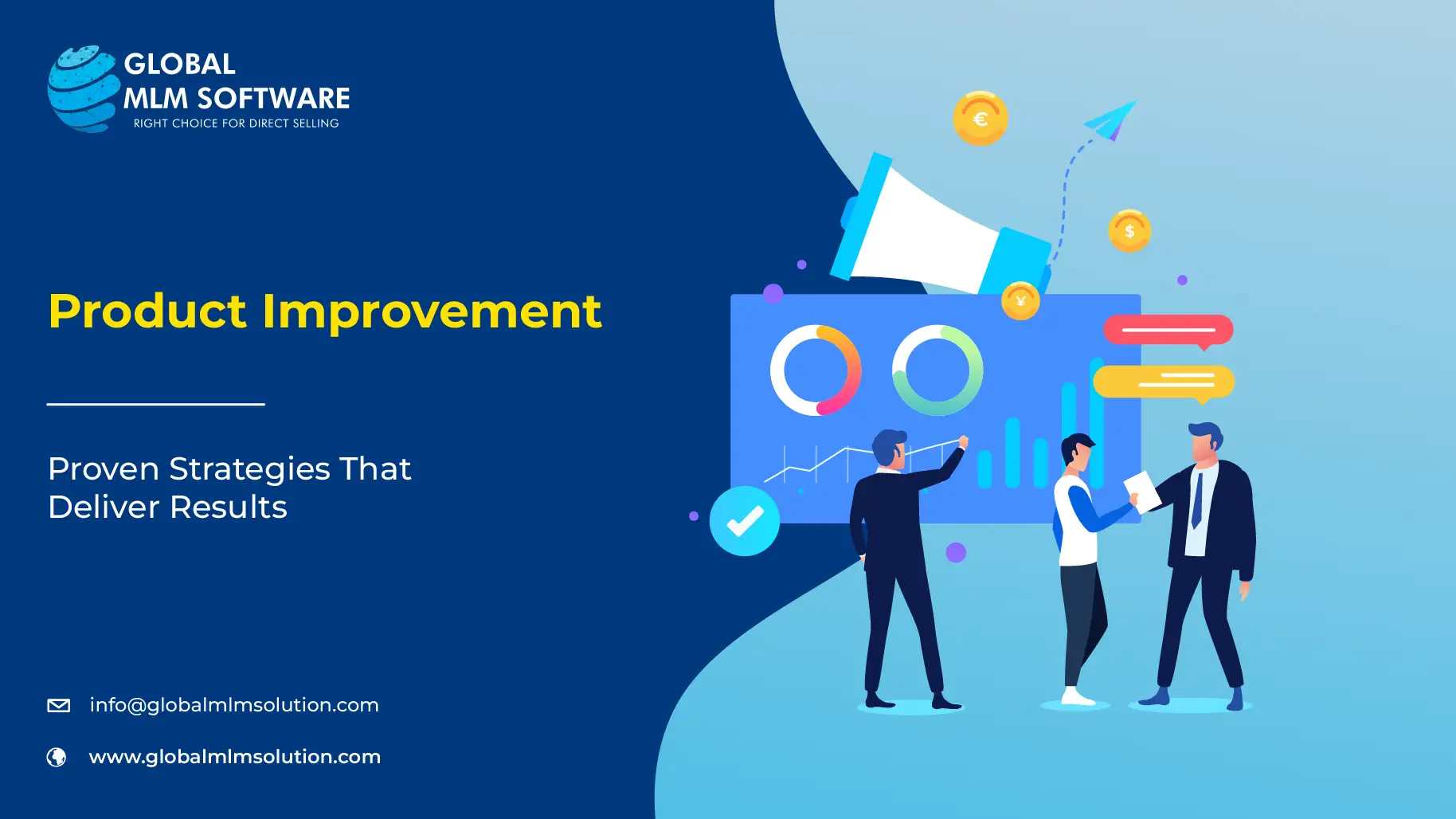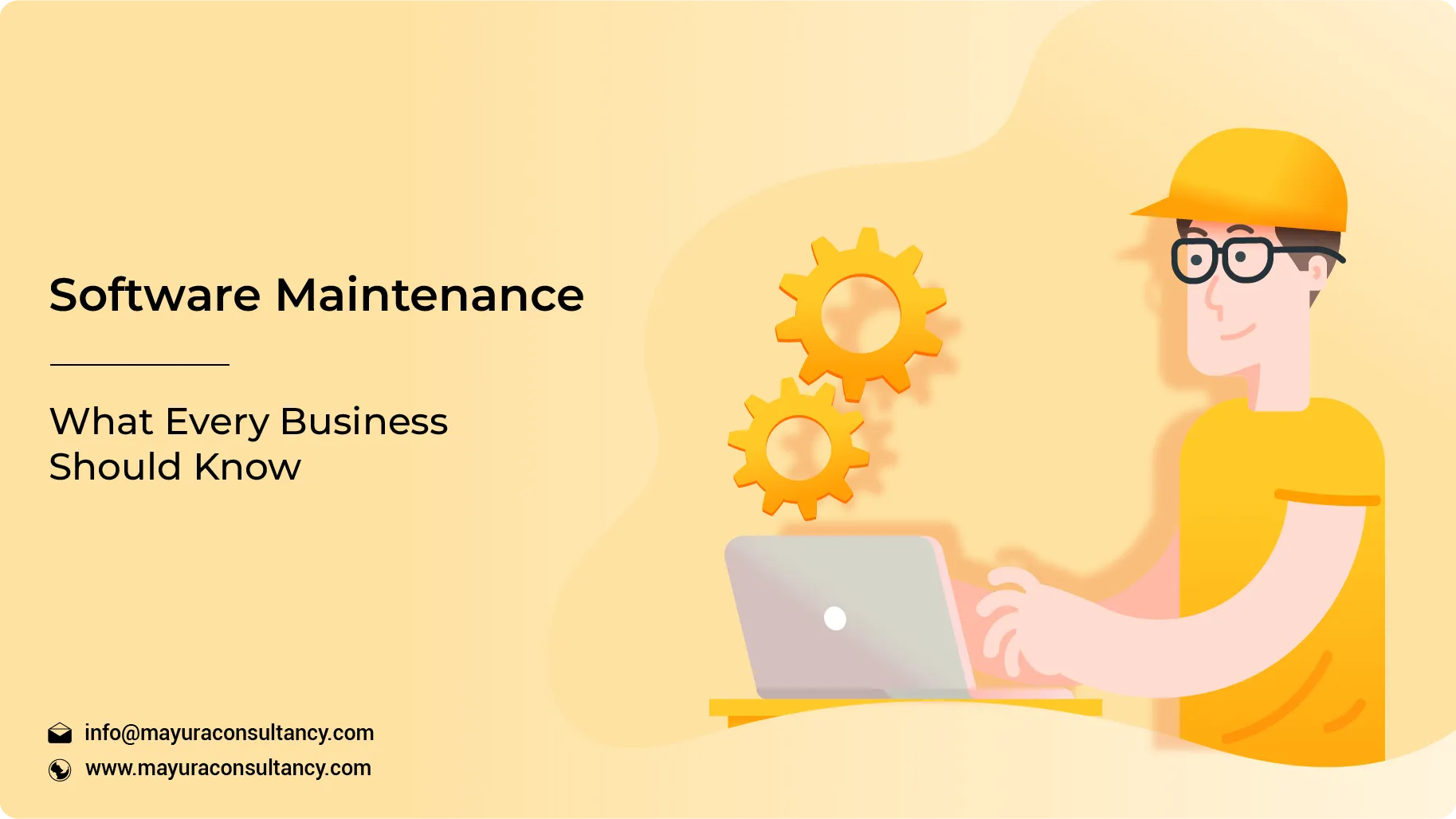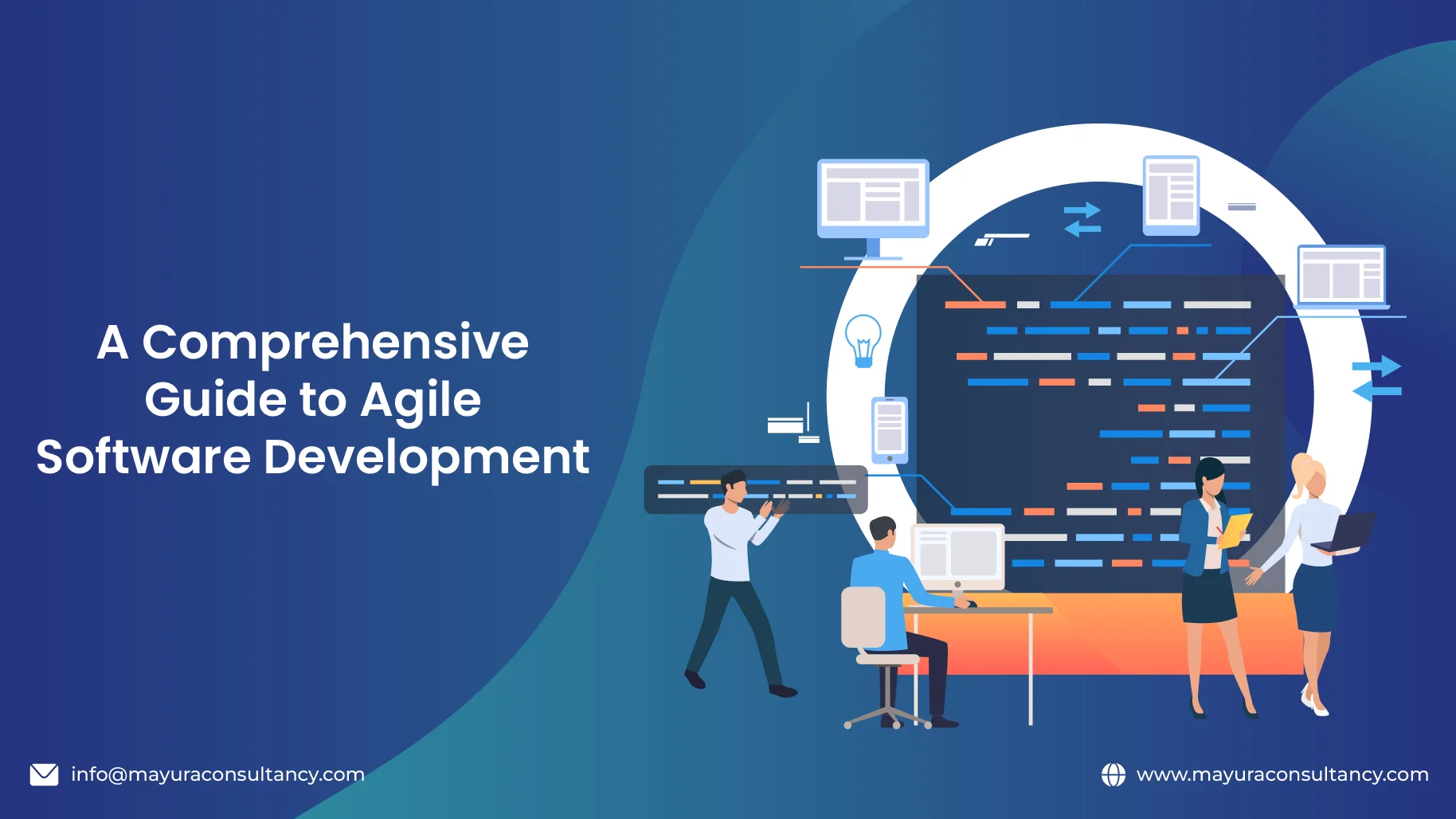Technology evolves fast, and so do the expectations from a web application. As a CTO, picking the right tech stack isn’t just about what’s trending; it’s about what’s sustainable, scalable, and efficient for the projects.
Any CTO who’s held their position for a few years would know that choosing the wrong tech stack for web app development could be a deal breaker. It can lead to performance bottlenecks, security risks, or even an expensive rebuild.
However, the new CTOs recently stepping into this role can make such a mistake. They might not know the importance of picking the right tech stack. They may get confused and constantly ponder:
What tech stack should I tell the team to use?
Will this stack scale as our user base grows?
How do I balance speed, security, and long-term maintenance?
Are we choosing something future-proof or something we’ll regret in two years?
To overcome such complications, refer to this guide that combines the CTOs' years of learning into digestible bits.
This Article Contains:
Which Tech Stack to Choose for Your Next Web App Development Project?
A technology stack, or solution stack, collects technologies and services used to build and run a web application. It includes both front-end and server-side (back-end) technologies.
1. Suitable Tech Stacks for E-Commerce Web Applications
As a CTO, you should know that e-commerce web applications require a powerful and scalable tech stack. E-commerce web apps must be able to handle high traffic, transactions should be secure, and they must scale as the platform grows.
Once you comprehend the requirements, you can choose the right tech stack. Based on the needs, you should pick the MEAN stack. But why MEAN and not LAMP or .NET? Let’s understand.
| Criteria | MEAN Stack (MongoDB, Express.js, Angular, Node.js) | LAMP Stack (Linux, Apache, MySQL, PHP) | .NET Stack (ASP.NET Core, C#, MSSQL, IIS) |
|---|---|---|---|
| Data Structure Flexibility | Schema-less design allows dynamic product catalogs with varied attributes without migrations. | A structured schema requires careful upfront design; JSON support helps but adds complexity. | Strong typing with modern JSON support; migrations are required for schema changes. |
| Handling Large Data Volumes | MongoDB's horizontal scaling and sharding excels with large product databases and handles unstructured data efficiently. | It can manage large volumes but requires complex indexing and optimization strategies. | Enterprise-grade performance with proper configuration is expensive on a very high scale. |
| Real-time Capabilities | Node.js excels at WebSockets, enabling live inventory, real-time cart updates, and instant notifications. | Requires additional components (e.g., Redis + WebSocket servers) for real-time features. | SignalR provides good real-time capabilities but is more complex than Node.js. |
| Traffic Scalability | Event-driven architecture efficiently handles concurrent connections with a smaller memory footprint, which is ideal for traffic spikes. | Requires more resources per connection; scaling requires careful configuration of PHP-FPM. | Good scalability but typically requires more computing resources than Node.js. |
For high-volume e-commerce applications processing millions of transactions with diverse product catalogs, the MEAN stack offers compelling advantages in scalability, real-time capabilities, and development efficiency.
Its particular strengths in handling traffic spikes, enabling real-time features, and managing large unstructured datasets make it especially suitable for modern, large-scale e-commerce platforms.
Each stack can be optimized for high performance, but MEAN's architecture provides natural advantages when elasticity, microservices decomposition, and dynamic data handling are key requirements. For organizations with existing JavaScript expertise, MEAN offers the additional benefit of unified development skills across the entire application stack.
2. Financial Industry Web Applications
Financial web applications require a highly secure, compliant, and scalable tech stack. These platforms handle real-time transactions and sensitive financial data. They must comply with industry regulations like PCI DSS, GDPR, and SOC 2. Any latency, security vulnerability, or downtime can result in financial loss and legal complications.
For such projects, the .NET stack is a more robust choice than others because:
| Criteria | .NET Stack (ASP.NET Core, C#, SQL Server) | MEAN Stack (MongoDB, Express.js, Angular, Node.js) | Java EE Stack (Spring, Hibernate, Oracle/PostgreSQL) |
|---|---|---|---|
| Security Features | The built-in security is robust and includes RBAC, Active Directory integration, authentication, and OWASP compliance. | It requires additional security libraries but lacks native enterprise authentication. | Strong security frameworks but often require more configuration than .NET. |
| Compliance Readiness | Built-in compliance tools for GDPR, PCI DSS, SOC 2; Integrates with Microsoft Compliance Manager. | Manual implementation required for compliance frameworks. | Good compliance capabilities but requires more custom configuration. |
| Transaction Processing | High-performance transaction handling; Entity Framework's optimized unit-of-work pattern; built-in distributed transaction support. | MongoDB's limited ACID compliance necessitates extra work for financial transactions. | Excellent transaction support through JPA/Hibernate; mature transaction patterns. |
| Data Integrity & Security | SQL Servers are always encrypted, with transparent data encryption (TDE), row-level security, and advanced audit capabilities. | Limited native encryption; third-party solutions needed for comprehensive data protection. | Good encryption options but typically requires more setup than SQL Server. |
| Scalability for Financial Workloads | Excellent vertical scaling; efficient memory management; optimized for complex calculations. | Good horizontal scaling but is less efficient for complex financial calculations. | Strong scaling capabilities with mature optimization patterns. |
| Real-time Processing | SignalR for real-time updates, high-performance socket handling, and low latency. | Node.js excels at asynchronous operations and has good WebSocket support. | Reactive frameworks are available but often require more complex implementation. |
| Enterprise Integration | BizTalk, WCF, first-party connectors to financial services, and Azure Logic Apps. | Few native enterprise connectors; needs third-party libraries. | Strong enterprise integration patterns; mature ESB options. |
| Fraud Detection Capabilities | ML.NET integration, Azure Cognitive Services, native AI tooling. | Requires third-party ML services and TensorFlow.js options. | Good ML integration options but typically more complex setup. |
For financial web applications where security, compliance, and reliability are non-negotiable, the .NET stack provides significant advantages. Its enterprise-grade security features, native support for financial compliance frameworks, and optimized performance for complex financial operations make it the preferred choice for institutions where regulatory adherence and transactional integrity are mission-critical requirements.
The .NET stack is preferred by CTOs in the financial industry because .NET Core supports high-speed, low-latency processing. Built-in features like role-based access control (RBAC), token-based authentication, and encryption help maintain regulatory compliance.
3. Content-Heavy Web Applications Tech Stack
Content-heavy web applications, such as news portals, require a tech stack optimized for high performance, fast content delivery, and scalability. These applications handle large amounts of text, images, and videos, making efficient caching, load balancing, and a strong CDN essential.
For such projects, the LAMP stack is a solid choice.
| Criteria | LAMP Stack (Linux, Apache, MySQL, PHP) | MEAN Stack (MongoDB, Express.js, Angular, Node.js) | .NET Stack (ASP.NET Core, C#, SQL Server, IIS) |
|---|---|---|---|
| Content Management Capabilities | PHP powers most major CMS platforms (WordPress, Drupal, Joomla); mature content workflows. | The CMS ecosystem is limited; it requires more custom development. | Growing CMS options but is less mature than PHP-based solutions. |
| Caching Infrastructure | Multiple mature caching layers (Varnish, Redis, Memcached); Apache mod_cache; OPcache. | Basic caching options; requires additional setup. | Good built-in caching but is less specialized for content delivery. |
| Static Content Delivery | Apache optimized for static content with minimal configuration; mature CDN integration. | Express requires additional configuration for static delivery. | IIS handles static content well but with more overhead. |
| Database Performance for Content | MySQL is optimized for read-heavy workloads, mature query caching, and easy replication. | MongoDB is good for unstructured content but less efficient for structured content queries. | SQL Server is powerful but has higher resource requirements. |
| Content Indexing & Search | Native integration with Elasticsearch, Sphinx, and Apache Solr. | Requires additional setup for advanced search capabilities. | Good search options but typically more complex integration. |
| Content Deployment Workflows | Mature deployment tools (Capistrano, Deployer); seamless content migration patterns. | Less established content deployment patterns. | Good deployment pipelines but is less specialized for content. |
| SEO Optimization | PHP frameworks provide extensive SEO tools and server-side rendering benefits. | Client-side rendering can create SEO challenges without SSR. | Good SEO capabilities with proper implementation. |
| Scalability for Traffic Spikes | Horizontal scaling with load balancing; efficient request handling. | Good scalability but requires more careful implementation for content loads. | Scales well but typically at higher infrastructure costs. |
Many CTOs use LAMP because MySQL supports database sharding and replication, ensuring content delivery remains fast as traffic grows. Apache's mod_cache, mod_expires, and compression techniques improve text, image, and video load times. Additionally, LAMP is free and widely supported, reducing infrastructure costs while offering enterprise-grade performance.
4. Tech Stack for Social Networking Web Application Development
Social networking applications must support real-time interactions, high user engagement, and seamless scalability. Features like instant messaging, notifications, content sharing, and dynamic user feeds demand a robust and flexible tech stack.
MERN stack fulfills all these requirements and has been a strong choice for social platforms among many CTOs.
| Criteria | MERN Stack (MongoDB, Express.js, React, Node.js) | LAMP Stack (Linux, Apache, MySQL, PHP) | .NET Stack (ASP.NET Core, C#, SQL Server, IIS) |
|---|---|---|---|
| Real-time Capabilities | Native WebSocket support; Socket.io integration; event-driven architecture for instant notifications. | Requires additional components like Redis and WebSockets; higher latency. | SignalR provides good real-time features but is more resource-intensive. |
| User-Generated Content Storage | Schema-flexible document storage, efficient handling of varied content types, native JSON support. | Structured schema limits content flexibility; requires complex joins. | Strong typing limits content flexibility; it has good performance but is rigid. |
| Social Graph Management | Graph-like data structures in MongoDB; efficient relationship traversal. | Complex join operations for social connections; slower graph traversal. | Good for relationship data but requires complex queries. |
| Feed Generation & Caching | Optimized for dynamic content aggregation; efficient caching of feed components. | Requires complex query optimization; additional caching layers are needed. | Good aggregation capabilities but a higher overhead. |
| UI Responsiveness | React's Virtual DOM enables smooth interface updates and efficient component rendering. | Server-side rendering creates higher latency for dynamic content. | Modern front-end options but typically higher latency than React. |
| Mobile Integration | React Native enables code sharing between web and mobile, creating unified development. | Separate mobile development required; higher development costs. | Xamarin option, but it is less seamless than React Native. |
| Scalability for User Growth | Horizontal scaling, efficient handling of concurrent connections, lower resource utilization. | Vertical scaling limits; requires significant optimization for large user bases. | Good scalability but at higher infrastructure costs. |
| Content Delivery Speed | Efficient client-side rendering, CDN-friendly architecture, and is optimized for dynamic content. | Good for static content, but additional optimization is needed for dynamic elements. | Solid performance but typically higher latency than MERN. |
For social networking applications, the MERN stack delivers significant competitive advantages in the areas that matter most: real-time interaction, dynamic content delivery, and cost-effective scalability. Its event-driven architecture aligns perfectly with the unpredictable nature of social user behavior and traffic patterns.
The JavaScript-based ecosystem eliminates context switching for development teams, accelerating feature delivery and reducing time-to-market. This uniformity allows for more efficient utilization of engineering resources and faster iteration cycles - critical factors in the rapidly evolving social networking space.
5. Technology Stack for Educational Web Applications
As a CTO, you’ll often encounter projects where no one-size-fits-all tech stack exists. This is particularly true for educational web applications, where user engagement, real-time assessments, multimedia content, and scalability play crucial roles.
Educational web applications represent a diverse category with varying requirements based on specific learning objectives, target audience, and functionality. Unlike some other application domains, educational platforms often demand a tailored approach to technology selection rather than adopting a standardized stack.
This analysis examines how different technology combinations excel for specific educational application subtypes. Here are some examples of educational application types and the recommended technology stacks for them.
| Educational Application Type | Recommended Technology Stack | Key Technical Requirements |
|---|---|---|
| Adaptive Learning Platforms | Python/Django + React + PostgreSQL | Enhanced personalization through ML integration, scalable data processing, and rapid UI updates for interactive learning. |
| Virtual Classroom Systems | Node.js + WebRTC + MongoDB + React | Low-latency communication, efficient concurrent user handling, and flexible data storage for diverse classroom activities. |
| Learning Management Systems (LMS) | PHP (Laravel) + MySQL + Vue.js | Cost-effective implementation; robust content organization; simplified user management; extensive plugin ecosystem. |
| Interactive Educational Games | Unity + .NET + Firebase | Superior graphics rendering, cross-platform compatibility, and reliable user progress synchronization. |
| Video-Based Learning Platforms | Python (FastAPI) + React + AWS Services | Optimized video delivery, intelligent content recommendation, scalable media storage, and streaming. |
| Assessment & Quiz Platforms | Ruby on Rails + PostgreSQL + React | Rapid development of assessment tools, reliable test delivery, and comprehensive analytics capabilities. |
When developing educational web applications, CTOs should resist the temptation to apply standardized technology stacks. Instead, the recommended approach is to:
Identify core educational functionality (real-time collaboration, content delivery, assessment, adaptive learning)
Map technical requirements to these educational objectives
Select technologies that excel in the identified priority areas
Consider integration capabilities with educational standards and third-party tools
The most successful educational platforms demonstrate that thoughtful technology selection based on specific learning objectives and user experience requirements yields superior results compared to implementing pre-defined technology combinations. This domain-specific approach allows educational applications to better fulfill their pedagogical mission while maintaining technical excellence.
Key Considerations Before Finalizing A Tech Stack for Web App Development
Every experienced CTO follows this checklist before finalizing a tech stack for their new web application development. You can refer to the same checklist for an effortless decision-making process.
Nature, Size, and Type of Project
As a CTO, it’s your duty to define the scope of your project before choosing a tech stack. Consider questions such as: Are you building an MVP (Minimum Viable Product) to test a concept? Or creating an enterprise-grade application for large organizations? Or a scalable consumer platform?
A small app might work well with serverless architecture, while an enterprise platform may need a monolithic or microservices approach. Your choice impacts development speed, complexity, and long-term maintenance, so align the tech stack with the project’s scale.
Project’s Functions and Processing Load
Suppose your web app project deals with heavy computations like financial forecasting or video processing. In that case, you'll need a high-performance backend like .NET or Python with TensorFlow. If it’s an interactive social platform, consider WebSockets for real-time features. A mismatch here can lead to performance bottlenecks later.
Scalability Requirements
A tech stack must support future growth without requiring a complete rebuild. So, consider horizontal scaling (adding more servers) and vertical scaling (improving server performance). Cloud-native solutions like Kubernetes, AWS Lambda, and GraphQL offer better flexibility.
If your platform involves global users, caching with CDNs (Content Delivery Networks) like Cloudflare helps manage traffic spikes efficiently. Ignoring scalability can lead to costly migrations later.
Time-To-Market
When speed is essential, your technology stack should facilitate rapid development. Frameworks such as Django and Ruby on Rails offer built-in tools that can significantly reduce coding time. If you need to quickly create a mobile version, consider using React Native or Flutter instead of developing different applications for iOS and Android.
Security and Privacy
Every web app handles some form of user data, whether it’s login credentials, financial transactions, or healthcare records. A weak tech stack can expose your platform to cyberattacks, data breaches, or compliance failures. Choose technologies that support encryption (AES-256), authentication (OAuth, JWT), and regular security updates.
Importance of Integrating AI in Tech Stacks for Web App Development Projects
As a CTO, you must stay abreast of new web development trends. AI (artificial intelligence) and ML (machine learning) technologies are the current trends, and you must know how to integrate them efficiently.
For e-commerce apps, AI-driven recommendation engines built with TensorFlow or PyTorch improve user engagement. These models work best with NoSQL databases (MongoDB) to handle vast product datasets. RESTful APIs or gRPC can also integrate AI smoothly into the existing stack.
Similarly, financial applications require fraud detection and secure transactions. Here, supervised learning algorithms combined with Azure’s cloud computing process real-time financial data. Further, encryption tools add extra security.
AI customizes learning experiences on educational platforms. AutoML tools, such as Google AutoML, create tailored study plans, while Matplotlib and PowerBI help visualize student progress.
To integrate AI effectively, CTOs must align computing power (GPUs, AWS), model management (such as ModelDB), and development tools ( such as Jupyter Notebook) with their existing stack. A well-integrated AI stack ensures scalability, efficiency, and smarter decision-making.
Types of Tech Stack for Web Application Development
There are multiple tech stacks available for web app development. Some of the most popular ones, trusted by the CTOs worldwide, are:

| Sr. No | Tech Stack | Components | Ideal for |
|---|---|---|---|
| 1 | MEAN Stack | MongoDB, Express.js, Angular, Node.js | Real-time applications, e-commerce platforms, SaaS products |
| 2 | MERN Stack | MongoDB, Express.js, React.js, Node.js | Single-page applications (SPAs), social media platforms, dashboards |
| 3 | MEVN Stack | MongoDB, Express.js, Vue.js, Node.js | Progressive web apps (PWAs), content-driven websites, dashboards |
| 4 | LAMP Stack | Linux, Apache, MySQL, PHP/Python/Perl | Traditional websites, enterprise applications, CMS platforms like WordPress |
| 5 | LEPP Stack | Linux, Nginx, PostgreSQL, PHP/Python/Perl | High-performance web applications, fintech platforms, large-scale enterprise systems |
| 6 | .NET Stack | ASP.NET Core, C#, Microsoft SQL Server, IIS (Internet Information Services) | Banking, healthcare, and enterprise applications requiring high security and compliance |
| 7 | JAMstack | JavaScript, APIs, Markup | Static websites, blogs, e-commerce frontends, headless CMS applications |
| 8 | Serverless Stack | AWS Lambda / Google Cloud Functions / Azure Functions, DynamoDB / Firebase / Cosmos DB, API Gateway | Event-driven applications, microservices, and scalable applications needing auto-scaling and reduced server management |
Case Studies to Analyze the Impact of Choosing the Right Tech Stack
Selecting the appropriate technology stack is pivotal in the success of web application development. Analyzing industry leaders' choices offers valuable insights into how specific content workflow technologies align with business objectives.

| Company | Frontend | Backend | Data Handling |
|---|---|---|---|
| Netflix | React and Redux, both JavaScript libraries, are used to build user interfaces and manage application states. | Microservices architecture with Java, Spring Boot, and Node.js. | Cassandra, MySQL, and Elasticsearch to cater to diverse data requirements. |
| Developed the React library to build dynamic and responsive user interfaces. | Historically used PHP, enhanced with HHVM (HipHop Virtual Machine) to improve performance. | Utilizes technologies like Apache Cassandra for scalable data management. | |
| Shopify | Transitioned to React and TypeScript for enhanced user interfaces. | Built on Ruby on Rails, facilitating rapid development and scalability. | Incorporates Docker for containerization and Kubernetes for orchestration. |
Conclusion
Selecting the appropriate tech stack isn’t just about choosing popular tools and technologies. It’s about matching technology to your project’s needs. Like, if you’re building a shopping website, MEAN or MERN is a solid choice based on their requirements. Similarly, for all other web application development projects, its role and functions will tell you which tech stack to choose.
Just remember this: A good CTO knows there’s no one-size-fits-all tech stack. Your job is to analyze, structure, and guide your team toward success. Focus on project requirements, client preferences, and your team’s expertise. If you follow this rule, you’ll always choose the right stack for your web app development project.
FAQs
A tech stack refers to the combination of programming languages, frameworks, libraries, and tools used to build and run a web application. It includes both frontend (client-side) and backend (server-side) technologies.
The right tech stack ensures your web app is scalable, maintainable, and aligned with your team’s skill set and long-term business goals. It impacts performance, cost, and time-to-market.
Popular stacks in 2025 include MERN (MongoDB, Express.js, React, Node.js), MEAN (MongoDB, Express.js, Angular, Node.js), and JAMstack (JavaScript, APIs, Markup), along with custom stacks using frameworks like Next.js, Django, and Laravel.







Comments
Share Your Feedback
Your email address will not be published. Required fields are marked *